
Welcome to From the Batman News Desk, a new series of op-eds and articles covering various aspects of Batman history. Each week one of the Batman News writers will share their thoughts on Batman characters and concepts across comics, film, television, and more.
The year is 1938. Amidst a depression and a world preparing to once again march to war, two men create a new form of escapism. Jerry Siegel and Joe Shuster pitch a new character to National Allied Publications (later known as DC Comics): Superman. Now, there were plenty of fictional heroes before this point. You had masked vigilantes like Zorro, gritty detectives like The Shadow, and sci-fi adventurers like Buck Rogers. Many of them even had their own comics, along with things like pulp novels and radio shows. However, Superman was different. He was the first “superhero”.
What sets superheroes apart is not just their superhuman powers, lest we include Hercules and exclude Batman, but a whole host of character conventions and tropes that would solidify in the following years. They’re costumed adventurers who use their exceptional abilities to battle equally theatrical villains in order to keep people safe. It’s a genre that was especially suited to the comic book medium, as their iconic visual designs and powers immediately set them apart from everyday people. When someone wearing tights and a cape stands among the crowd, there’s no question who and what the story is about.
 Notice all the normal people
Notice all the normal peopleYet, it’s important to remember that those ordinary people still serve a critical role in a superhero story. Not only do they provide contrast to the extraordinary hero, they also humanize them by giving them a way of interacting with the world in a more relatable way. A comic that was only punching supervillains 24/7 would get old pretty fast. Whether it’s through a secret identity like Clark Kent in the Daily Planet bullpen, or even in-costume such as Batman interacting with people like Commissioner Gordon and Alfred, you need those moments in a story. Heck, a big part of Marvel’s breakaway success in the 60s was specifically because they put a lot more focus on those “normal” parts of superhero stories.
That’s why it’s frustrating to see so many comics forget that fact. Perhaps they think that a civilian supporting cast is too boring, but time and again the regular folks either get brushed to the side or made into superheroes themselves. Taking the Batman comics for example, as of right now Commissioner Gordon is retired and replaced with the supervillain Vandal Savage, Alfred is dead, Detective Montoya is the Question, and Lucius Fox is pretty much overshadowed by his three vigilante children. Pretty soon I wouldn’t be surprised if Leslie Thompkins decides to take on the superhero mantle of “The Nurse”.

As overstuffed with vigilantes as Gotham is, Batman doesn’t have the worst of it. No, I think that honor actually goes to Spider-Man over at Marvel. Over the years it seems everyone even remotely connected to Peter has become a superhero or villain of some sort. Harry Osborne, Ned Leeds, Flash Thompson, Gwen Stacy, and even Mary Jane have picked up powers or costumes one way or another. If you open up the door to alternate universe versions (which Spider comics love to do), then the list only gets longer with people like Liz Allan, Randy Robertson, Betty Brant, and Gwen Stacy (again). Call it Parker luck or an overeager editorial, but knowing Spider-Man seems to be just about the quickest way to getting your own powers or even comic.
I’m not even necessarily arguing against any of these choices individually (though some I certainly have some opinions about a few of them). The problem is when so many writers have the idea of “wouldn’t it be cool if so-and-so became or was replaced with a superhero?” then cumulatively they erode the mundane side of the world. You lose some of what made the original cast and their interactions interesting.
 Pictured: the population of the average city in DC Comics
Pictured: the population of the average city in DC ComicsSometimes you get a superhero team that is designed from the get-go to be all supers all the time, for example the X-Men. I actually think that’s fine. There’s room for those sorts of comics. However, one of the key elements of this approach is that the heroes spend a significant amount of time dealing with “normal” interpersonal problems. It’s a soap opera in spandex, and all of the characters and their relationships are created with that in mind, which is typically not the case for solo heroes initially created with a civilian supporting cast. I don’t think that every superhero story should take this approach, but it’s one that works in the right context.
All this is to say that writers need to stop being so afraid to have characters who can’t leap from tall buildings or shoot lasers. I promise that the readers have the attention spans to find those people interesting too. They allow for a more human connection with the reader through their struggles in the face of whatever your story is about. In fact, it’s those more mundane aspects that elevate what the superheroes themselves can do. To paraphrase The Incredibles: if everyone’s super, no one is.

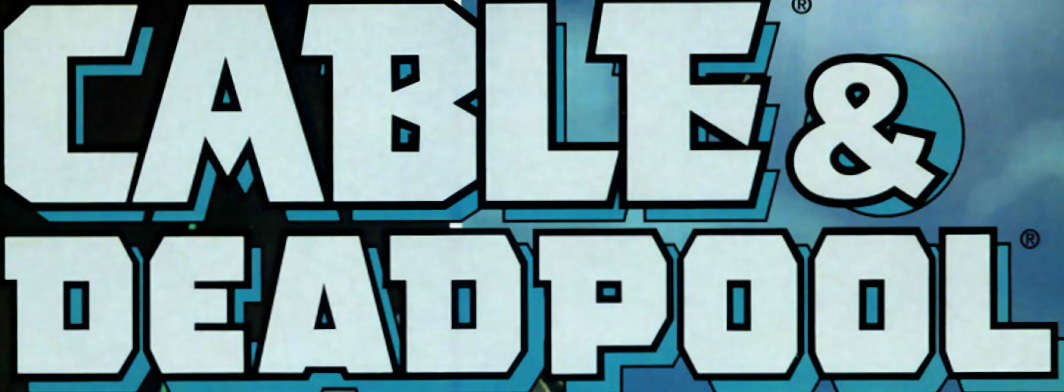

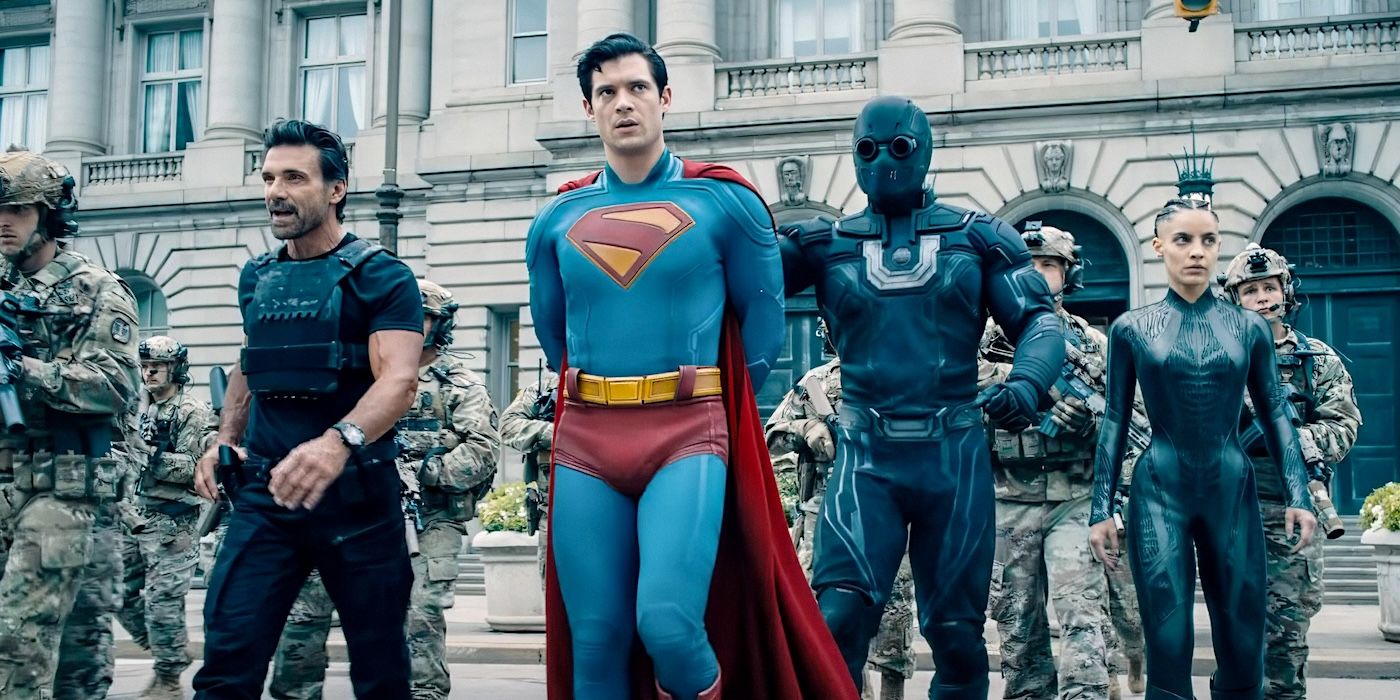



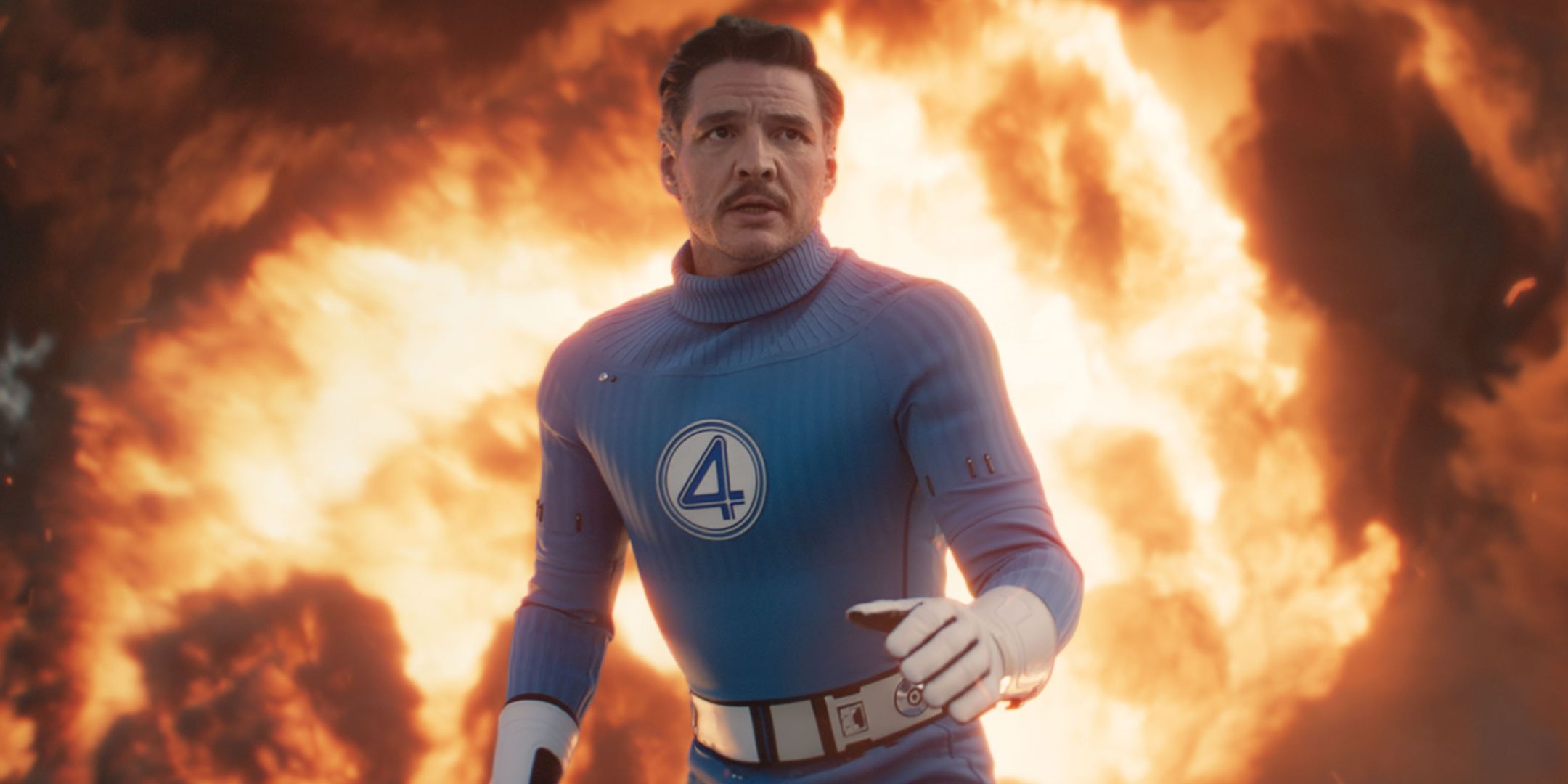
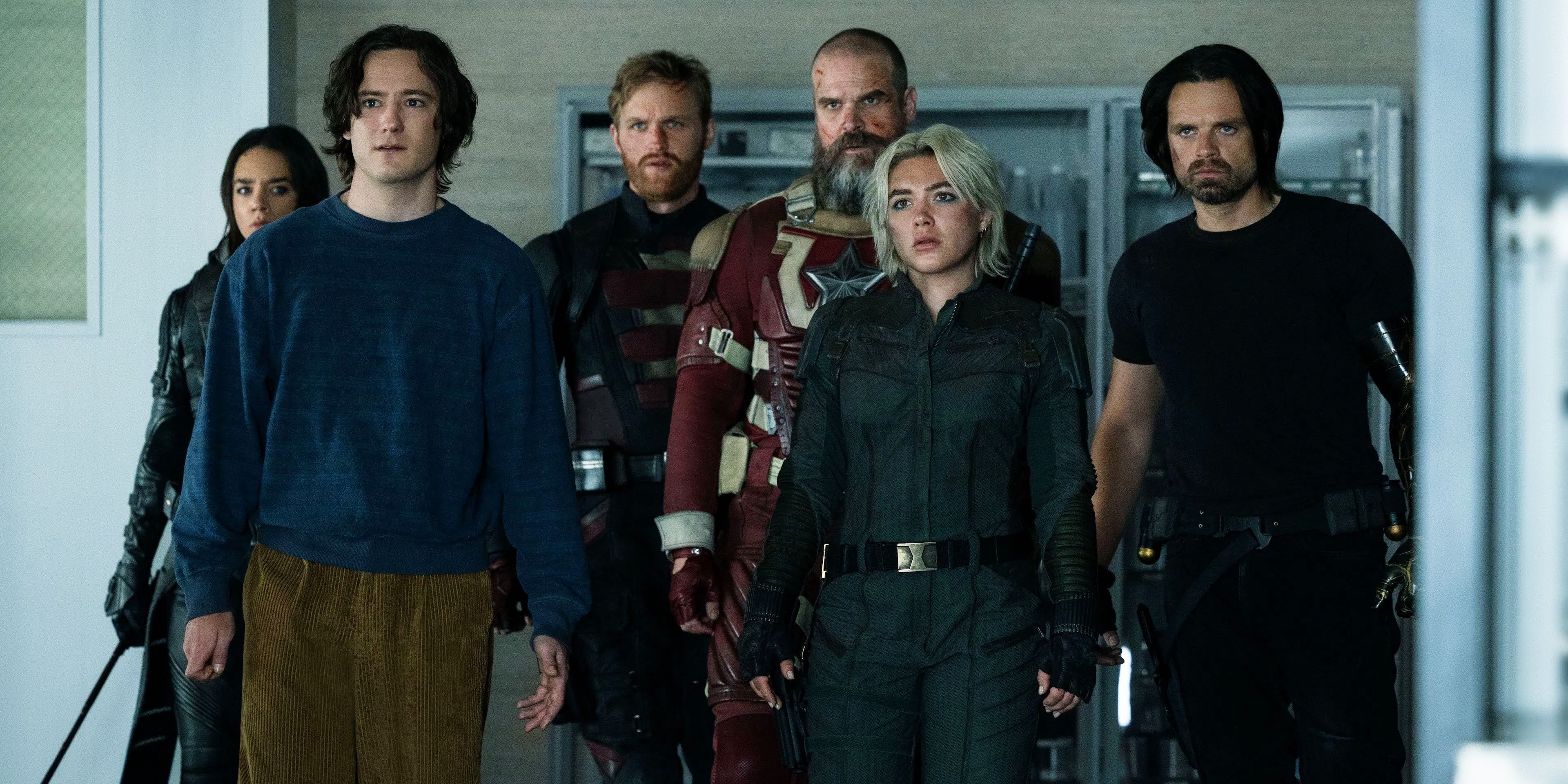
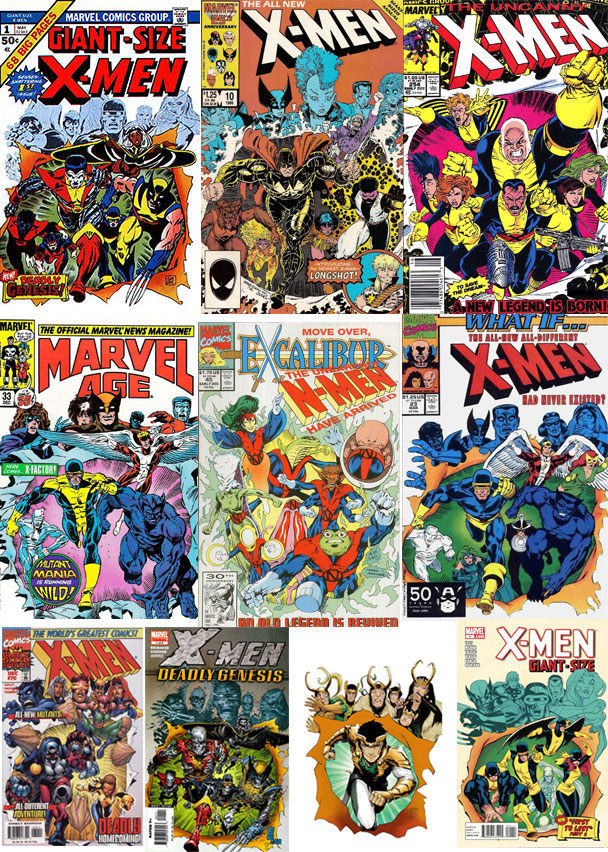







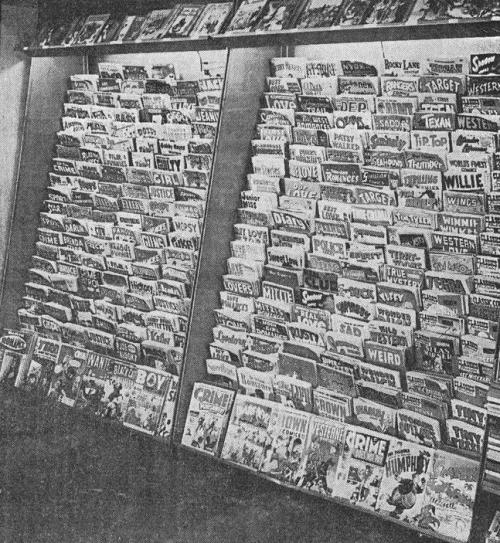
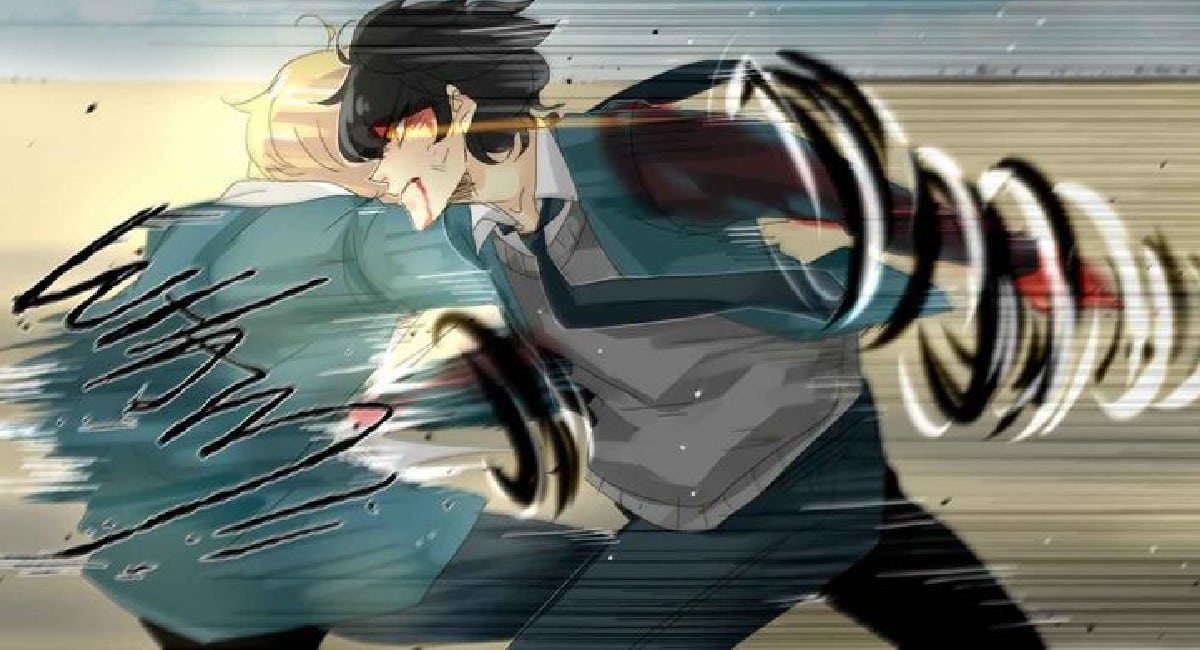
 English (US) ·
English (US) ·